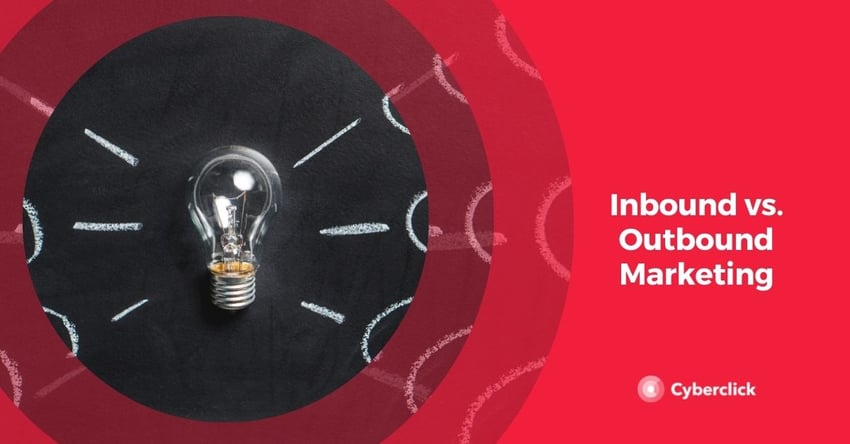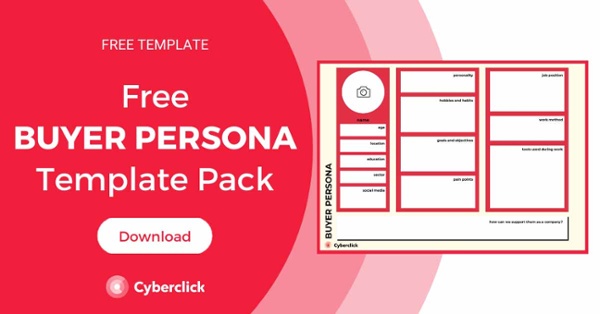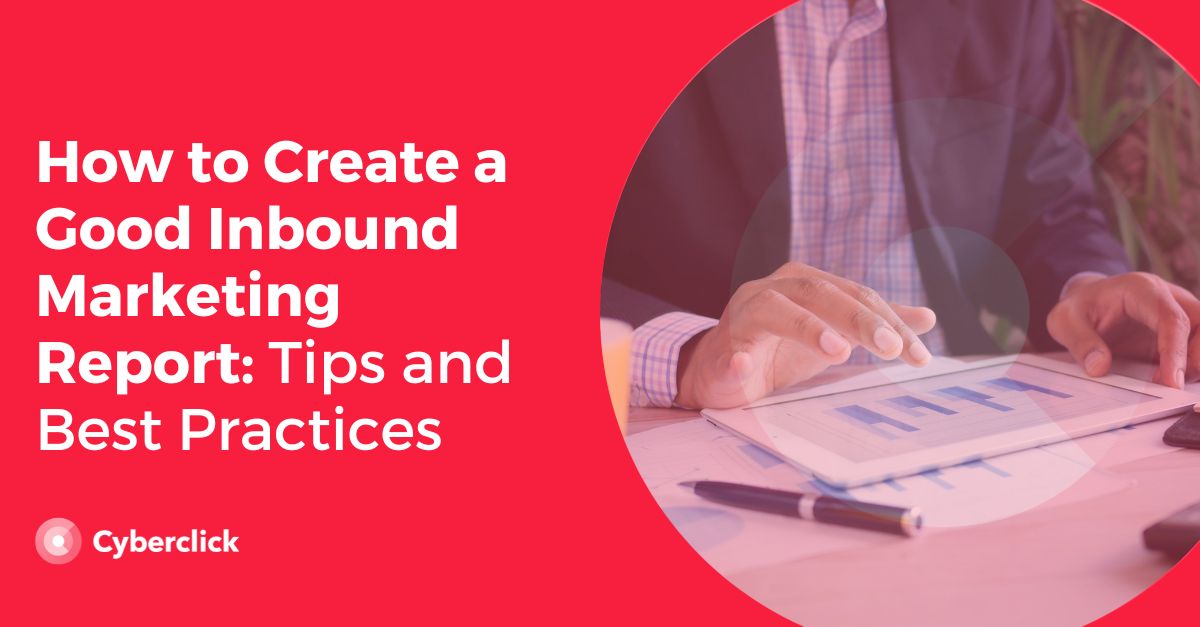There are two distinct types of marketing: inbound marketing and outbound marketing.
What exactly do these buzzwords mean? Read on as we explain inbound vs. outbound marketing and offer advice on when to use each method.

Inbound vs. Outbound Marketing
The difference between inbound and outbound marketing is quite simple. Inbound focuses to letting the customer come to you, while outbound is about interacting with the customer whether they are interested in your brand or not.
In the past, outbound marketing was referred to simply as “marketing,” but just as people's shopping habits have changed, so have the methods of reaching consumers.
What Is Inbound Marketing?
Inbound marketing is a non-intrusive form of marketing that seeks to help people solve a problem or make a decision with the help of relevant, valuable content. It attracts prospective leads by using keywords and then turns them into customers by accompanying them as they progress through the buyer journey.
Inbound marketing is becoming increasingly popular because, instead of disrupting people with invasive ads, you are actually attracting customers to you. Inbound marketing is effective because people are actually seeking out your content.
by using different forms of content, like blogs, videos, podcasts, social media, and newsletters, an inbound strategy seeks to draw the customers in with compelling content they choose to consume. Over time, people will begin to trust the brand and this will lead them to purchase from it.
.png?width=600&name=Inbound%20Marketing%20Workflow%20-%20EN%20(1).png)
What Is Outbound Marketing?
Outbound marketing includes any kind of paid advertising method like social ads, SEM, native advertising, and traditional advertisements. It's essentially the opposite of inbound marketing because it seeks to interact with any potential customer, regardless of whether or not they’re interested in the brand's product or service.
Over the years, as advertising has become more present in our lives, irrelevant outbound marketing has become less and less effective in generating sales. Consumers have become blind to advertisements that are not relevant to their needs.
However, smart outbound marketing can have a place in a marketing strategy. For example, highly targeted social ads with pixels, retargeting campaigns, and contextual advertisements are relevant to consumers. The difference is that they are well planned and designed to reach consumers based on the funnel advertising methodology.
Difference Between Inbound and Outbound Marketing
Inbound and outbound marketing use different tools and techniques. A study from Hubspot shows that only 18% of marketers say outbound practices provide the highest quality leads for sales. On the other hand, 75% of inbound organizations believe their inbound marketing strategy is effective.

Inbound marketing is on the rise, while outbound continues to fall out of favor. Consumers are tired of disruptive advertisements.
Ultimately, inbound and outbound marketing have different purposes. When creating your marketing strategy, remember that it is less about which method to choose, and more about which method you should spend more time and money on. Take a look at your target audience and analytics to help decide which technique will work best for you.
Inbound Marketing & Content Strategist en Cyberclick. Experta en marketing online, gestión de contenidos, estrategia en redes sociales, y creación y optimización de campañas en social ads.
Inbound Marketing & Content Strategist at Cyberclick. Expert in online marketing, content management, social media strategy, and creation and optimization of campaigns in social ads.






Leave your comment and join the conversation